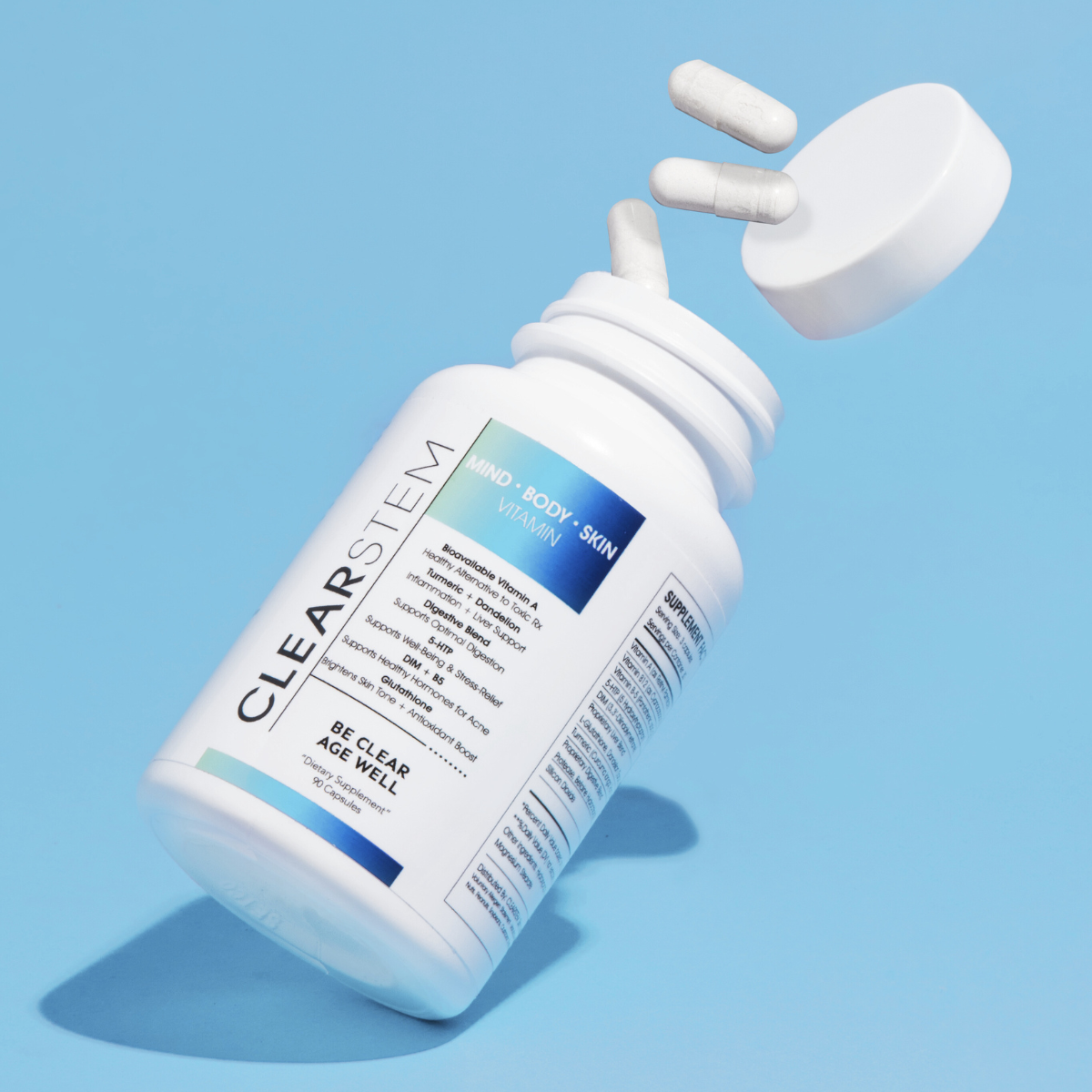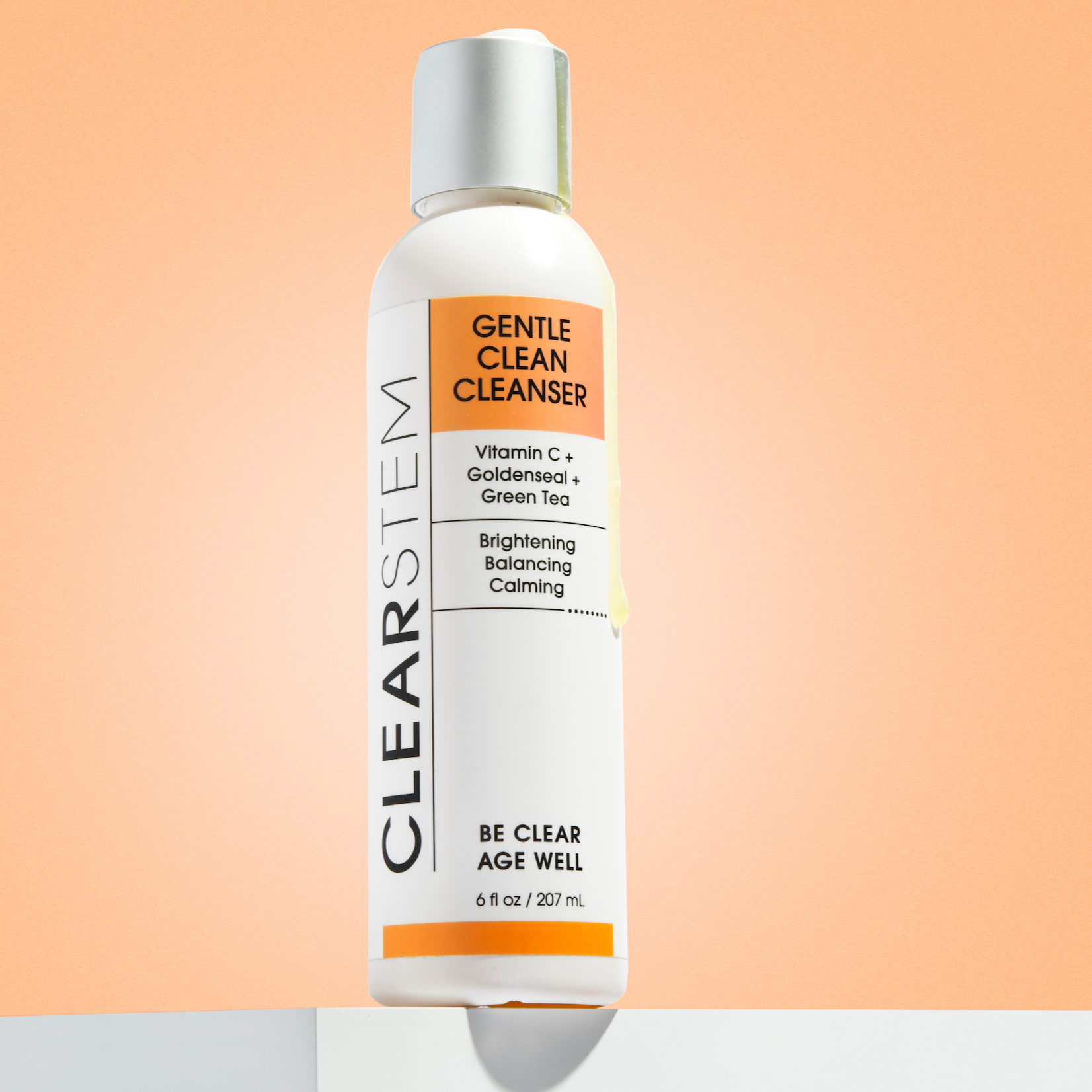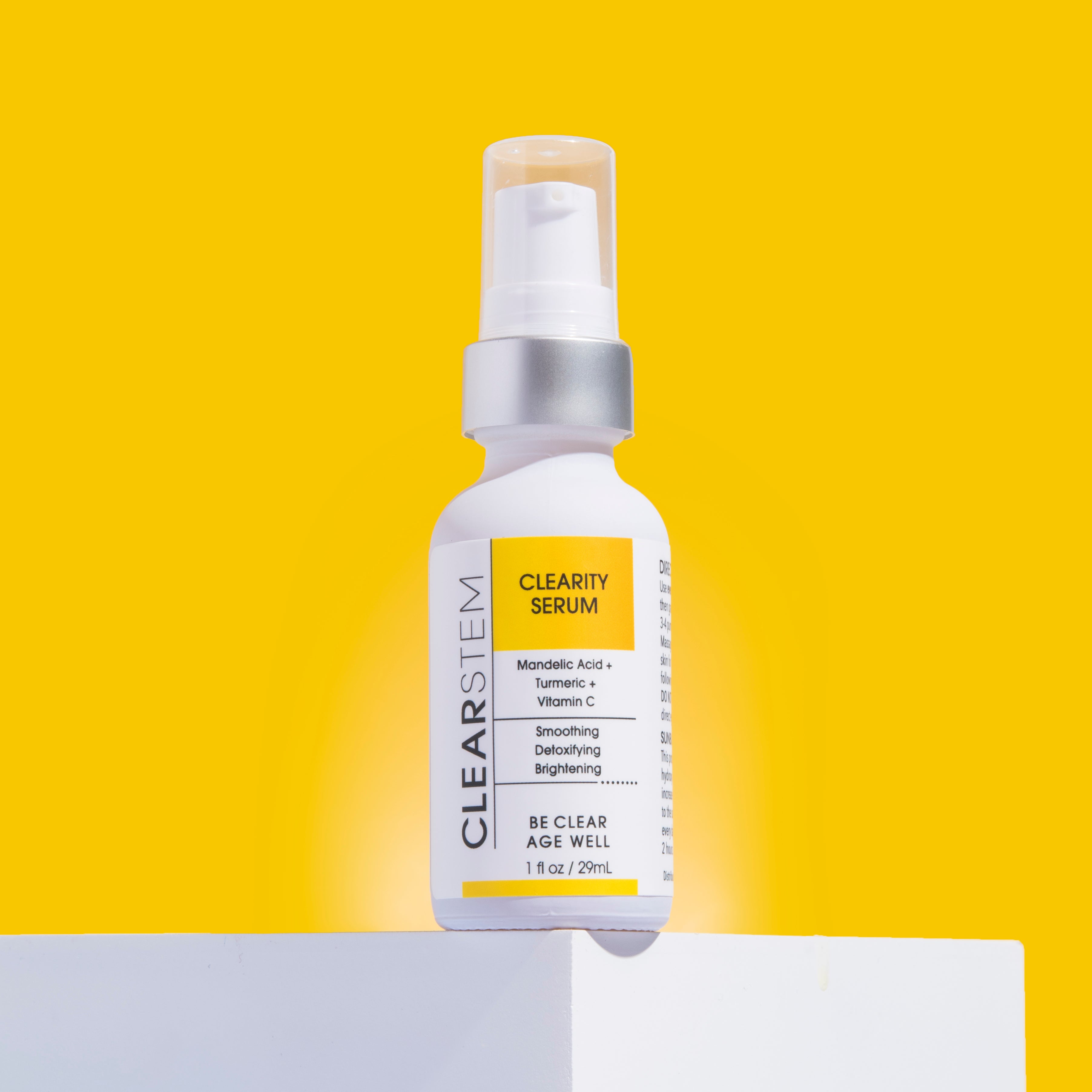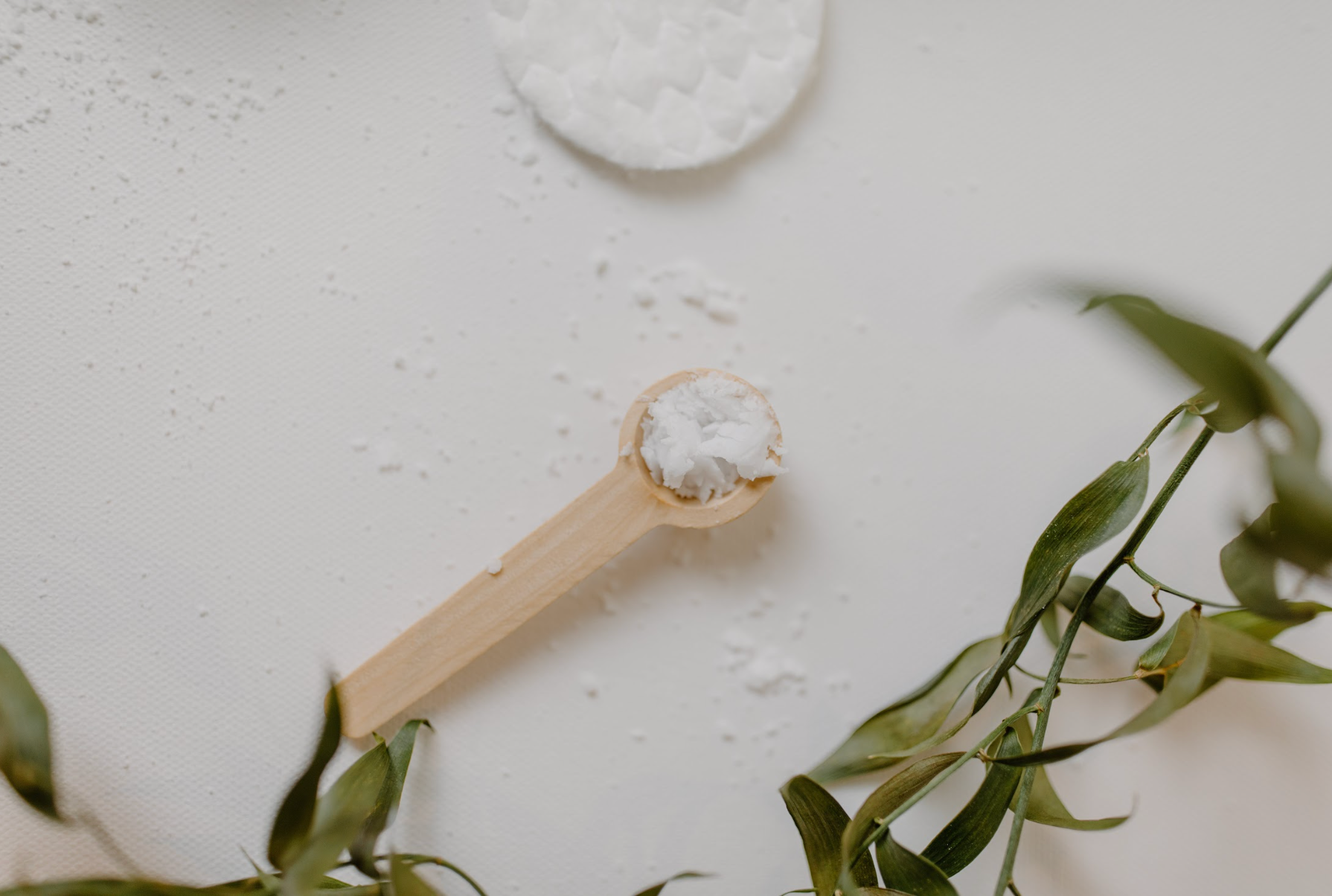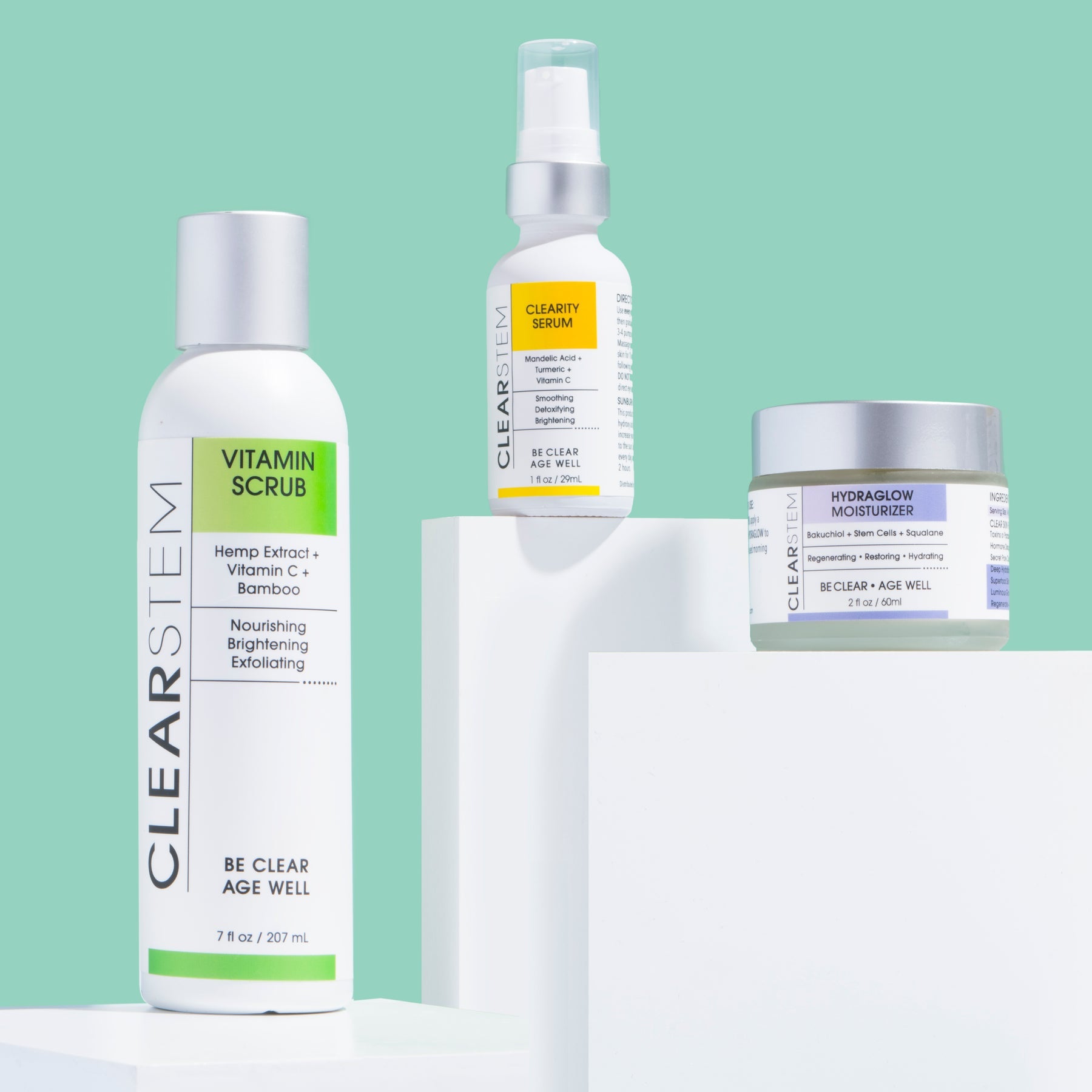We all love it when the sun comes out—it literally brightens our days. Unfortunately, sunlight also has a dark side. While it’s warming your skin and boosting your mood, that sunbeam is also emitting harmful ultraviolet (UV) rays on your bare skin that can cause everything from sunburns and premature aging to skin cancer.
This is why sunscreen is a must. But exactly how often should you reapply sunscreen to ensure the best protection?
In general, you should be reapplying sunscreen every two hours. In some cases, you should reapply even more often for extra protection. If you’re wondering exactly when and why to reapply, keep reading. In this guide, we’re covering all the sun-safety basics, including how to choose—and use—the right non-pore-clogging sunscreen for you.
How Often Should You Reapply Sunscreen?
As a general rule of thumb, sunscreen should be reapplied every two hours. But there are other factors that might mean you should reapply more often, such as:
- The type of sunscreen you use – Chemical sunscreens absorb UV rays and convert them into heat. However, these chemicals break down over time and lose their protective properties. Mineral sunscreens contain ingredients like zinc oxide and titanium dioxide that reflect UV radiation and act as a physical barrier. They also tend to last longer and offer more stable protection. Learn key differences between chemical vs. mineral sunscreen and why mineral sunscreen is better for your skin.
- The amount you apply – Most people don’t use the recommended amount of sunscreen (two ounces for the whole body). If you’re applying a layer that’s too thin, your skin isn’t going to be fully protected. Fortunately, reapplying more frequently can make up for thinner coverage, and even help prevent any missed spots.
- If you’re in the water or sweating – Even highly water-resistant sunscreens don’t last as long if you’re underwater. In fact, most sunscreens should be reapplied after just 40 to 80 minutes in the water. You’ll also need to reapply any time you towel off.
- Your skin type – While all skin tones need protection from the sun, some are more prone to burning quickly than others. People with pale skin, sensitive skin, or conditions like acne, rosacea, or eczema can react quickly to even minimal sun damage and should take extra care to reapply sunscreen more frequently.
- The amount of sun exposure you’re getting – Not all sunlight is equally powerful. If you’re exposed to more intense sun, such as at high elevations, on the water or snow, at lower latitudes (closer to the equator), or at midday, you need to reapply more often.
Why Do You Need to Reapply Sunscreen?
As you slather on your second or third layer of sunscreen for the day, you might wonder whether you really need to reapply. Doesn’t that first layer keep working until you wash it off at night?
Unfortunately, it doesn’t. Many active ingredients in sunscreen lose their effectiveness in just a few hours when exposed to sun.1
You may not even notice that your sunscreen is no longer protecting you adequately—most sun damage isn’t immediately obvious. In fact, damage from UVA rays, in particular, can happen invisibly because these rays don’t cause sunburn.2
What Happens if I Don't Reapply?
As your sunscreen loses effectiveness, UV rays will begin to cause harm to your skin at the cellular level.
There are two wavelengths of UV radiation that are known to damage skin cells. These are known as UVA and UVB rays, and each affects the skin in different ways:
- UVA rays – This form of UV radiation doesn't cause sunburn. Instead, it penetrates into the deeper layers of your skin, causing damage that will eventually lead to signs of aging like wrinkles, sagging, dark spots, and uneven texture. It also contributes to skin cancer by damaging your DNA and possibly suppressing your skin's immune cells.3
- UVB rays – The shorter wavelengths of UVB radiation can’t penetrate deeply into the skin. Instead, it damages the upper layers, causing the pain, inflammation, peeling, and blisters associated with sunburn. UVB rays also directly cause skin cancer by mutating your DNA.
It’s important to remember that even damage that doesn’t result in a burn causes cumulative effects that accelerate aging and raise the risk of skin cancer.4
What SPF Should I Use and How Much?
SPF stands for sun protection factor, and it measures how much protection a sunscreen provides against UV radiation. It doesn’t tell you how long you can stay in the sun. Instead, it tells you how much UV radiation it protects against.
SPF 15 blocks about 93% of UVB radiation, while SPF 30 blocks about 97%. SPF 50 blocks more than 98%. No sunscreen blocks 100% of UV radiation, however the incremental difference between SPF 30 vs 50 can have a drastic impact on your skin’s appearance.
Keep in mind that SPF only measures UVB protection. To be sure you’re getting protection from both UVA and UVB radiation, always choose a full-spectrum sunscreen.5
Additionally, to get the most protection from your sunscreen:
- Don’t go below SPF 30 – The American Academy of Dermatology Association recommends choosing a sunscreen that’s water resistant, broad spectrum, and SPF 30 or higher.4
- Choose SPF 50 for the strongest protection – Use a higher SPF if you or your family have a history of skin cancer or if you’re outside at high elevations or lower latitudes where sun intensity is higher.
- Apply generously – Adults should use two ounces of sunscreen for full-body coverage. That’s two tablespoons, or about enough to fill a shot glass.4
Take Your Skin Protection to the Next Level with CLEARSTEM
Sunscreen is the best way to ensure that your fun in the sun isn’t spoiled by a painful, damaging sunburn. But applying once isn’t enough—keep reapplying every two hours, or more when you’re in the water or breaking a sweat.
Luckily, you can protect your skin and make reapplying a pleasure with sun protection products from CLEARSTEM Skincare.
Our mineral sunscreen goes on velvety-smooth, and the lightly tinted formula rubs in without leaving a white cast. With zinc oxide for protection and inflammation relief, plus calming botanical extracts, CLEARSTEM makes sun safety feel good.
Sources:
- Frontiers in Medicine. Ensuring the safety of sunscreens, and their efficacy in preventing skin cancers: Challenges and controversies for clinicians, formulators, and regulators. https://www.ncbi.nlm.nih.gov/pmc/articles/PMC6736991/
- Chemical and Engineering News. What’s in sunscreen, and how does it protect your skin from the sun’s rays? https://cen.acs.org/business/consumer-products/What-in-sunscreen-and-how-does-it-protect-your-skin-from-the-sun-rays/99/i27
- Environmental Health Perspectives. Sunscreens, skin photobiology, and skin cancer: The need for uva protection and evaluation of efficacy. https://www.jstor.org/stable/3454633
- American Academy of Dermatology Association. Practice safe sun. https://www.aad.org/public/everyday-care/sun-protection/shade-clothing-sunscreen/practice-safe-sun
- Skin Cancer Foundation. Ask the expert: Does a high SPF protect my skin better? https://www.skincancer.org/blog/ask-the-expert-does-a-high-spf-protect-my-skin-better

